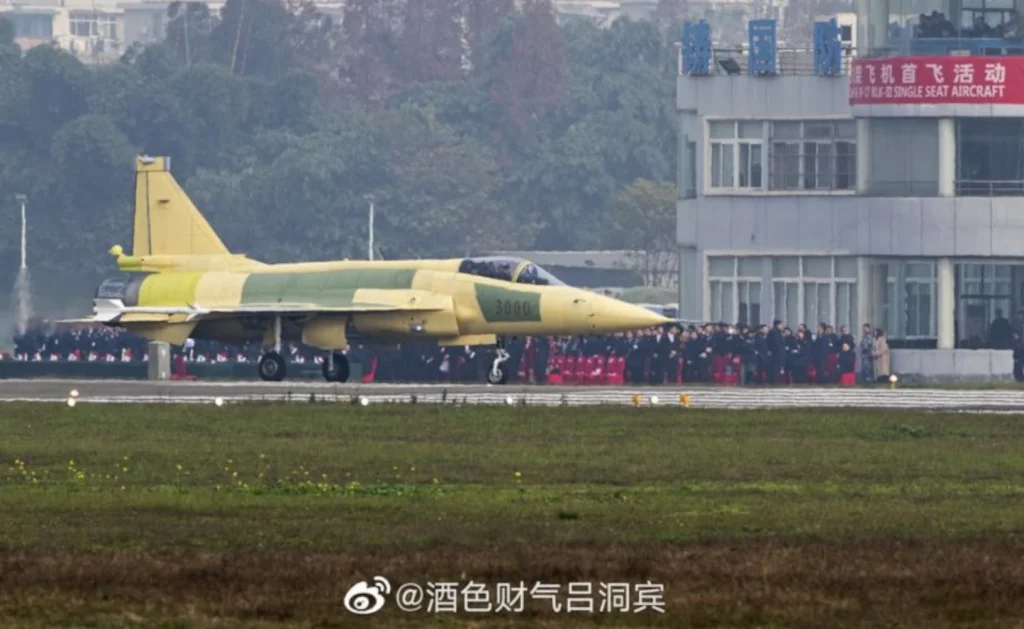Group Captain H. V. Thakur, on July 1, confirmed that the Tejas Mk 1A Flying Test Bed had already completed its first flight and shared a photo of a box of candy that was shared after the first flight in Hindustan Aeronautics in response to media reports that the first flight of the Tejas Mk 1A Flying Test Bed (FTB) has been slightly delayed. The Mark 1A is equipped with an active electronically scanned array (AESA) radar, electronic warfare (EW) suite with a jammer, the Combined Interrogator and Transponder (CIT), an IFF plus system, and a digital map generator.
The complete map data of the nation and its surrounding regions are contained in the digital map generator, which was created by HAL’s MCSR&DC (Mission and Combat Systems R&D Centre). The digital map of the current mission area is extracted by the Tejas and transferred to the pilot’s display, where he can easily access it, depending on the mission.
Additionally, HAL is attaching the Mark 1A with the Advanced Short Range Air-to-Air Missile (ASRAAM). The IAF purchased the ASRAAM from MBDA UK to upgrade its Jaguar fighters. It has a range of 60 to 70 kilometres. Now, two of these missiles will be carried by each Tejas on its outboard stations.
Another change involves reshaping the cockpit floor to allow larger pilots—including 95% of all IAF pilots and those with shoe sizes up to 10—to fit in the cockpit and operate the aircraft in comfort.
Integrating Modifications
To obtain certification from the centre for military airworthiness and certification for the Mk 1A configuration within the next 30 months, HAL is using the Tejas SP-25 as a Flying Test Bed for the Tejas Mk 1A.
For integrating modifications, the IAF had given HAL access to a Tejas Mark 1 with the serial number SP-25 (series production aircraft number 25). The Mk 1 and Mk 1A have similar structure and modifications are not required.
The production units will have dual pylons and weapon systems integrated before Tejas Mk1A production begins.
All 83 Tejas Mk 1A units are scheduled to be delivered by the end of 2029, with deliveries are to beginning in March 2024.
The jigs, fixtures, and assembly line used to build the Tejas Mark 1 will be switched to building the Mark 1A because the final Tejas Mark 1 is being finished at the same time.
The Tejas aircraft is constructed of highly advanced composite fibres. As a result, the cost of producing them has increased. They are more expensive to operate because they need sophisticated software.
Against Pakistan – China JF-17
A cheap structure called JF 17 is made of composite metals, mostly steel and aluminium honeycomb. Each JF-17 aircraft costs almost a third less to produce than a Tejas. The manufacturer is China, and Pakistan’s company only assembles them.
As a result, the only aircraft that third-world countries with some semblance of an air force can afford to buy is the JF 17, which sells for about US$25 million each.
The Sukhoi 30 project was just recently completed by HAL, allowing them to increase Tejas production from 8 to 16 aircraft annually. It will take a few years to finish the IAF’s initial purchase of 40 aircraft. As a result, sales have not yet received much attention. Tejas is being tested by many of the major Air Forces around the world.

The main campaign to convince them to use Tejas as training aircraft has focused on the U.S. Navy. They are additionally drawn to Tejas because it lowers their operating costs by sharing an engine with the F18 fighter. Only time will tell, as everything has been put on hold due to the viral outbreak in China. The JF-17 is made in China, but China does not use it because it is a pointless aircraft. Despite being greatly improved, the Block-3 (fourth generation) still falls short of Tejas-MK1A because it calls for a more complex jamming suit.
